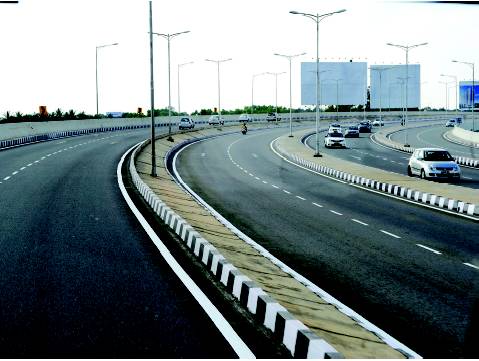Posted on 2nd February 2014 by Admin

BANGALORE:The north of the city with its sprawling international airport, good connectivity and land earmarked for the development of IT, BT and aerospace Special Economic Zones is opening up new catchment areas for residential development. The much-awaited signal-free corridor over the existing airport road is almost complete, except at the junctions where underpasses are underway, which will reduce travel time significantly.
Residential catchments along Doddaballapur Road, Outer Ring Road (ORR) connecting to the Bellary Road and in Devanahalli are now paving way for mixed residential land use. According to Shrinivas Rao, CEO - Asia Pacific, Vestian Global, north Bangalore is witnessing significant realty growth. "Two prominent companies have already commenced their operations in the Hardware Park. Another company is developing its R&D unit on 40 acres of its campus and it will have a built-up area of nearly 2.50 million sqft. The Aerospace Park too is abuzz with activity as a MNC sets up its manufacturing unit spread across 25 acres," says Rao. Home to some of the best R&D facilities in aerospace and the defense sector, Bangalore today, accounts for the production of more than 25 percent of India's aircraft.
Along with residential growth comes social infrastructure in the region. "Bangalore's retail market is anticipated to witness an influx of close to 2.90 million sqft of mall space supply during 2014. Majority of this supply will be spread across Thanisandara Road, Tumkur Road and Yelahanka in the north, Bannerghatta Road and JP Nagar in the south and Whitefield in the east," says Naveen Nandwani, Director - South India, Cushman and Wakefield. "Taking into account the entry of new brands in the city, prominent main streets will continue to witness sustained demand during the next year. 2014 is also expected to witness the emergence new main streets," adds Naveen.
The Real Estate Report by Vestian Global has identified 6,000 acres of new economic infrastructure. Constituting of proposed economic and industrial hubs, the garden city has witnessed rapid growth its peripheral regions. To support this urban growth and overcome the infrastructure challenges, the Bangalore Development Authority (BDA) is revamping the proposed plan and currently developing the Revised Master Plan (RMP) 2031.
Office space growth can be a direct indicator to the development of the residential sector. A DTZ Realty Report states that the city's vacancy levels are hovering at a level which can soon influence rentals in the upward direction, thus making it a landlord's market. The vacancy in the fourth quarter of last year stood at 20.10 percent (85.50 million sqft) with a marginal 0.70 percent quarter-on-quarter decrease. However, the vacancy rate stood at 15.70 percent, primarily due to the introduction of larger new supply in the markets in the last quarter.
Due to steady deal closures and high inflationary trends, the markets saw a six percent quarter-on-quarter increase in the prime Central Business District rent. The highest takeup was recorded by Bangalore at 2.60 million sqft, accounting for 38 percent of the total demand for space across the seven cities in India. In trend with last quarter's take-up, the city's growth was driven by pre-commitments and big ticket size deals of more than one lakh sqft. At the end of 2013, the total take-up for the entire year stood at 27 million sqft.
With the city contributing 40 percent of the total take-up in 2013, the realty growth looks upbeat for this year.
Source: Times of India on 31st January 2014
Go back to Blog Home